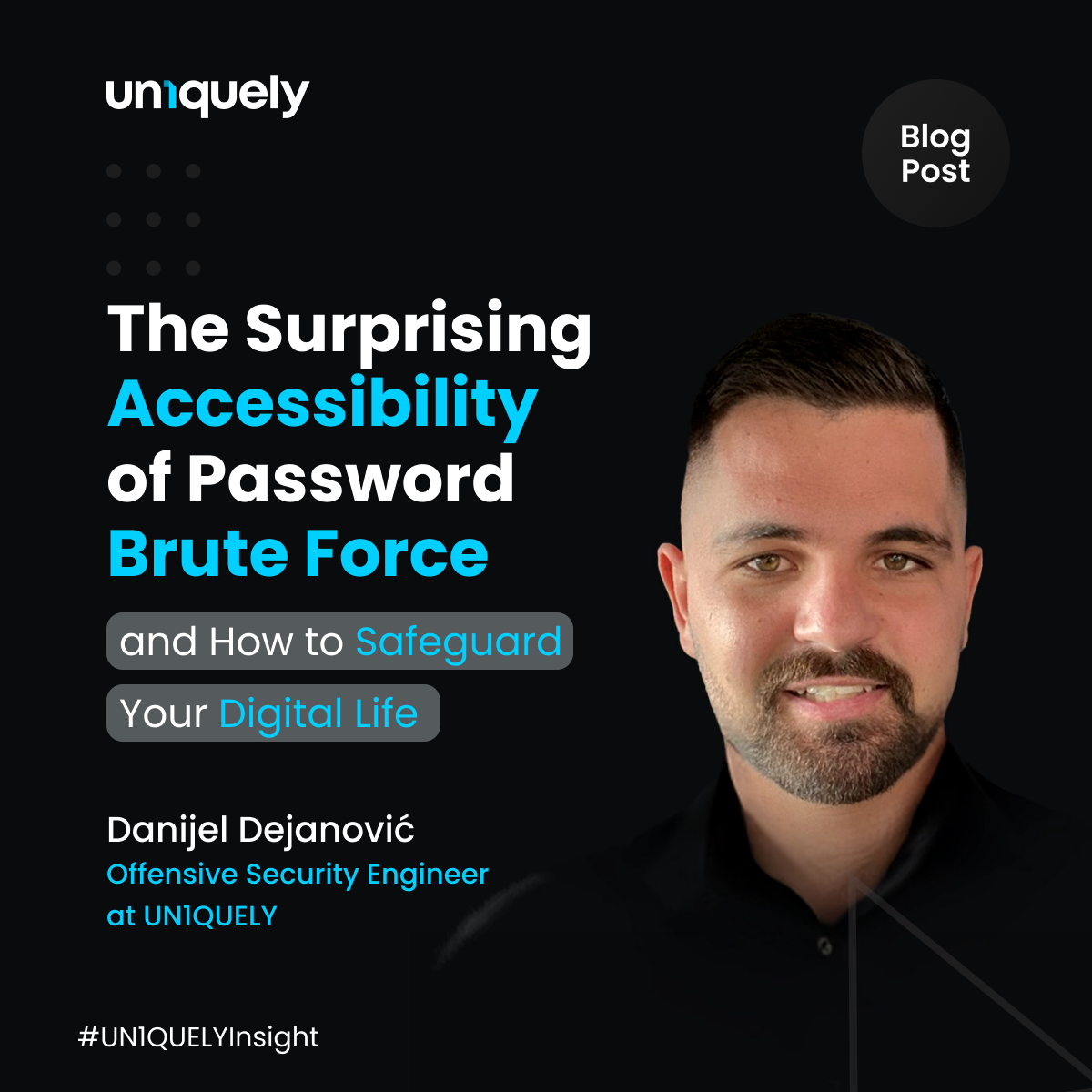In the digital age, cybersecurity is a topic that often comes up in conversations, especially when people learn about my profession in IT security. The most common half-joking request I get is, “Hey, can you hack my Instagram?” While some people think hacking is a far-fetched skill reserved for movie-style villains or tech geniuses, the reality is quite different. Password brute force, a common hacking technique, is more accessible and prevalent than most people realize.
The Simplicity of Password Brute Forcing:
Many of us, perhaps even you, use passwords that are all too predictable. Think of names, nicknames, pet names, birthplaces, or significant dates. No, I’m not a mind reader, nor do I need to guess your grandma’s birthday! Using OSINT (Open Source Intelligence), it’s possible to scrape a wealth of personal information from social media platforms like Instagram, Facebook, TikTok, and even from your friends’ and family’s profiles. This might sound a bit unnerving, and rightly so.
With OSINT, gathering data for thousands of potential password combinations takes just a few minutes. With the right tools, we can create millions of combinations, making brute-forcing a password not only feasible but alarmingly straightforward.
Raising the Bar for Password Security:
Let’s talk about real security measures. The latest standards suggest adopting a password policy that includes at least 12 characters, incorporating a random mix of lowercase and uppercase letters, numbers, and symbols. And no, “Password12344!” doesn’t cut it. It’s far from being creative or secure compared to what you could—and should—be using.
The safest approach is to use password managers. These handy tools generate unique, complex passwords for each of your accounts while you only need to remember and protect one master password. This master key is your gateway to a more secure digital presence.
A Reality Check:
You might be thinking, “Surely, I’m not a target for hackers.” It’s a common misconception, but the truth is, anyone can be a target. It’s not just about the value of what you have but about the vulnerability you present. In the world of cybersecurity, complacency can be your biggest enemy.
So, take this as a wake-up call. Reevaluate your digital security practices, upgrade your passwords, and seriously consider a password manager. In the age of digital ubiquity, your security is as strong as your weakest password.
Conclusion:
In conclusion, while the idea of hacking might seem distant or irrelevant to your daily life, the risk is real and closer than you think. The good news is that protecting yourself is not as daunting as it might seem. By understanding the risks and taking proactive steps towards securing your online presence, you can significantly reduce the likelihood of becoming a cybercrime victim. Stay safe, stay informed, and take control of your digital security today.
About the Author:
Danijel Dejanović is a cybersecurity expert with a passion for educating others about digital safety. He brings a wealth of knowledge and a realistic perspective on the threats that lurk in the digital world. His mission is to empower individuals and organizations to protect themselves in the ever-evolving landscape of cyber threats.

